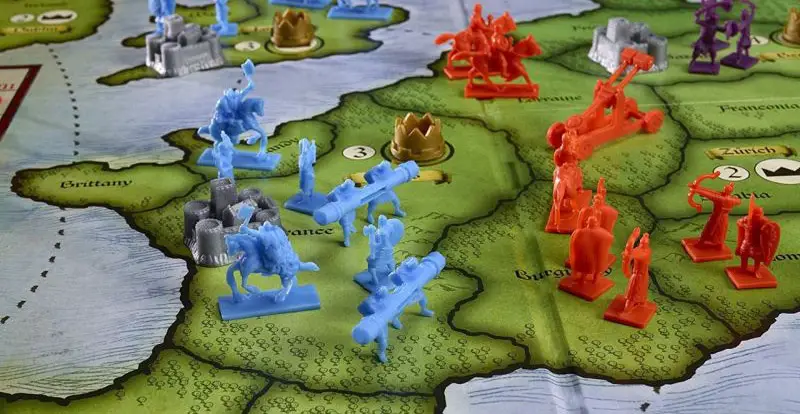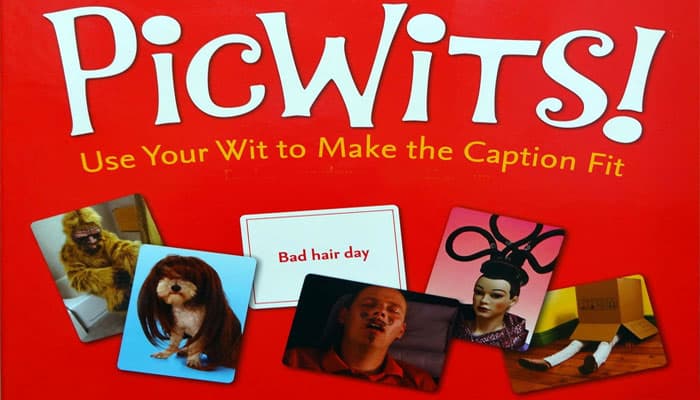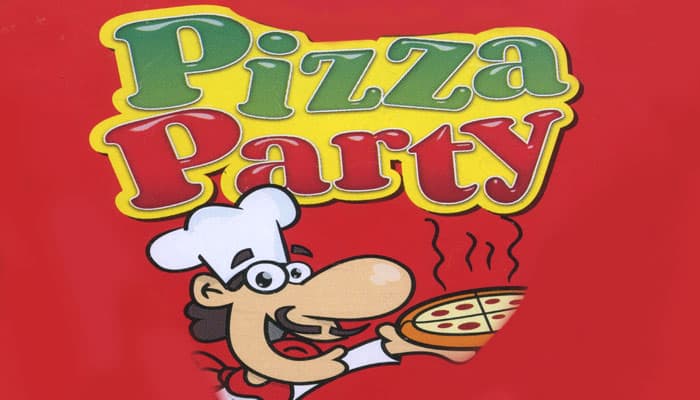
Roll the dice and make your best slice! A fast and frantic dice game for two!

Components
- 10 dice
- 40 slice cards
- Rulebook
Setup
Each player takes five dice. Shuffle the slice cards and deal one card to each player face down.
Place remaining slice cards face down near the playing area. This is the draw pile.

Object of the Game
Roll your dice and race to be the first player to complete a pizza pie of sic slices.
Game Play
Everybody plays at the same time. This is a race! …

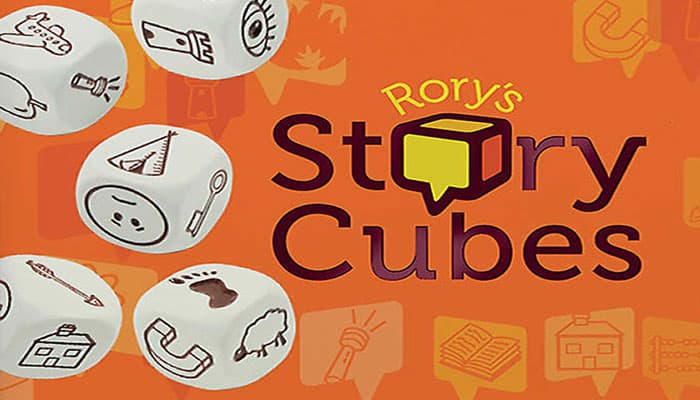


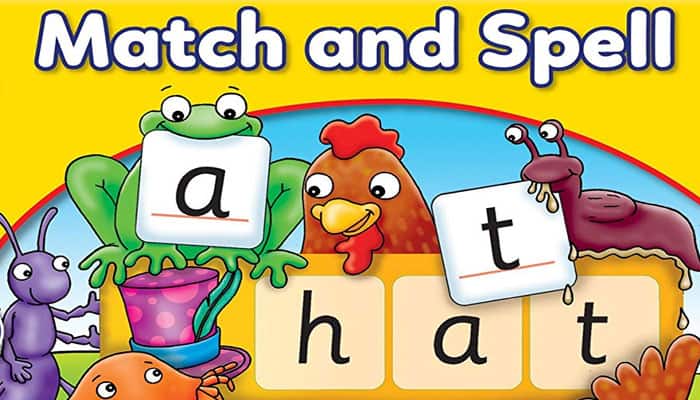



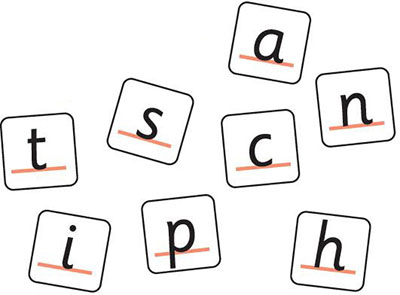

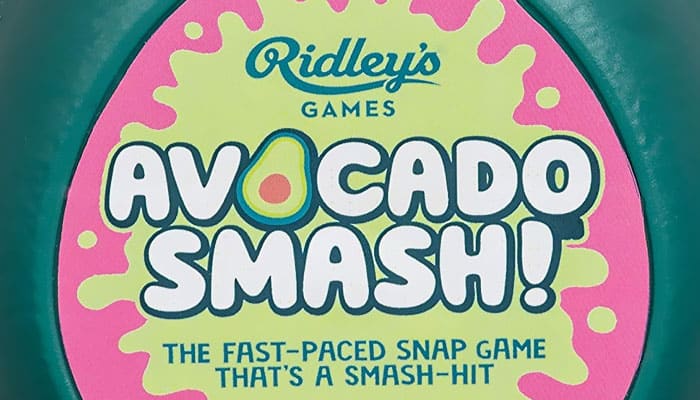









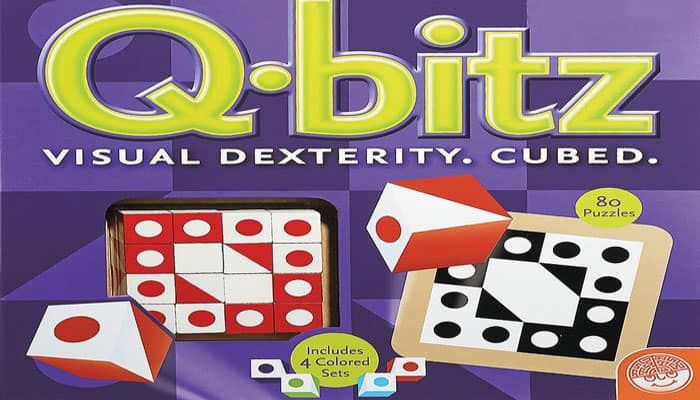

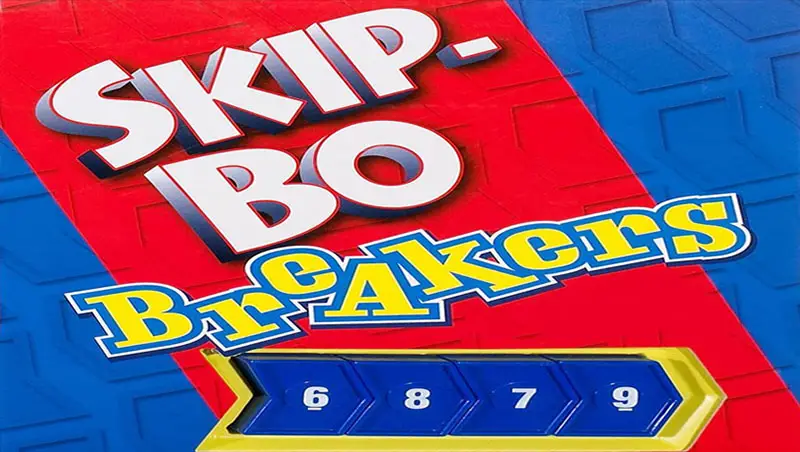
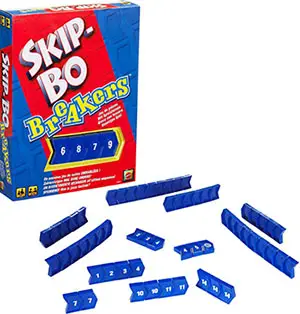
 beats everything else!) …
beats everything else!) …
